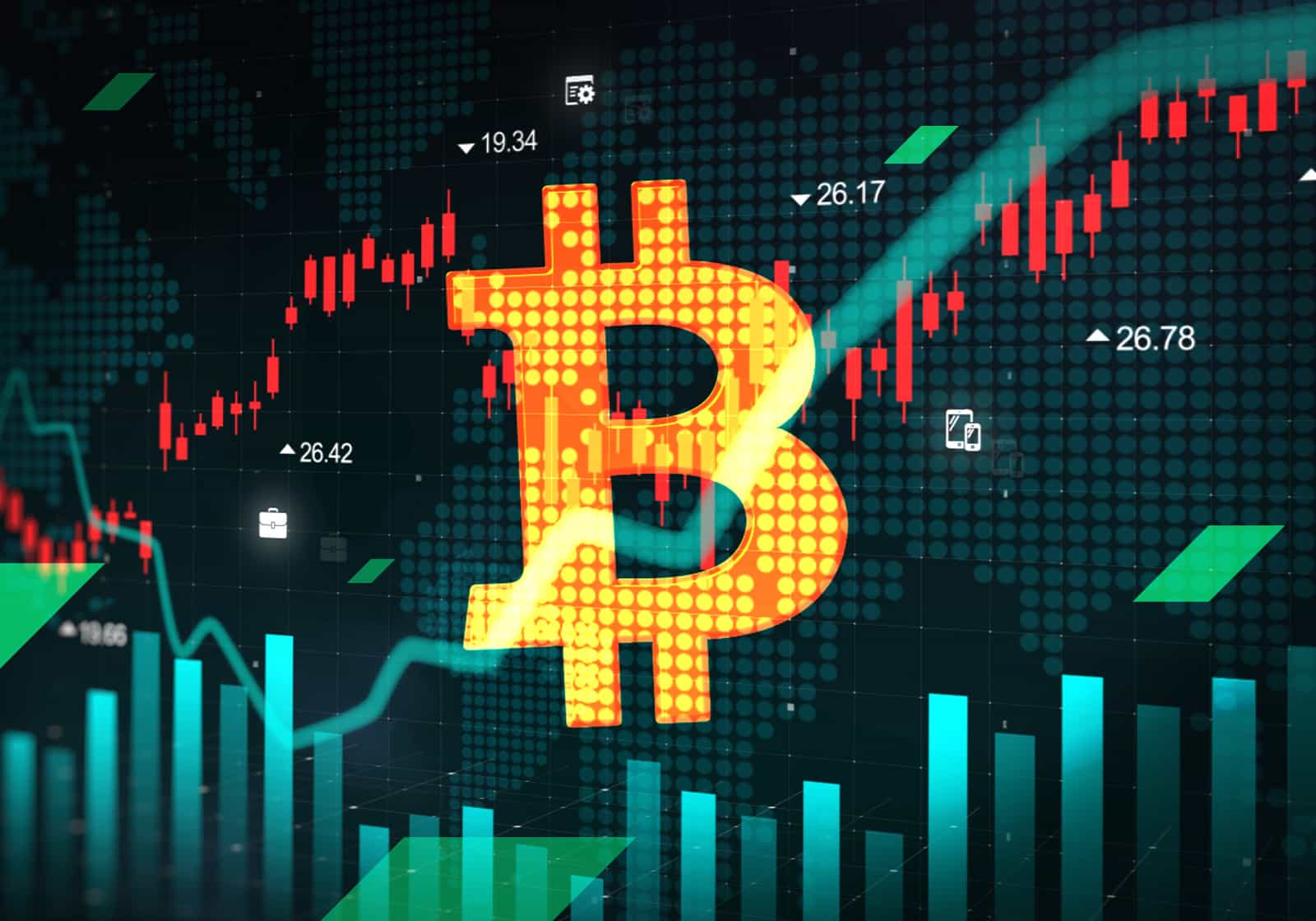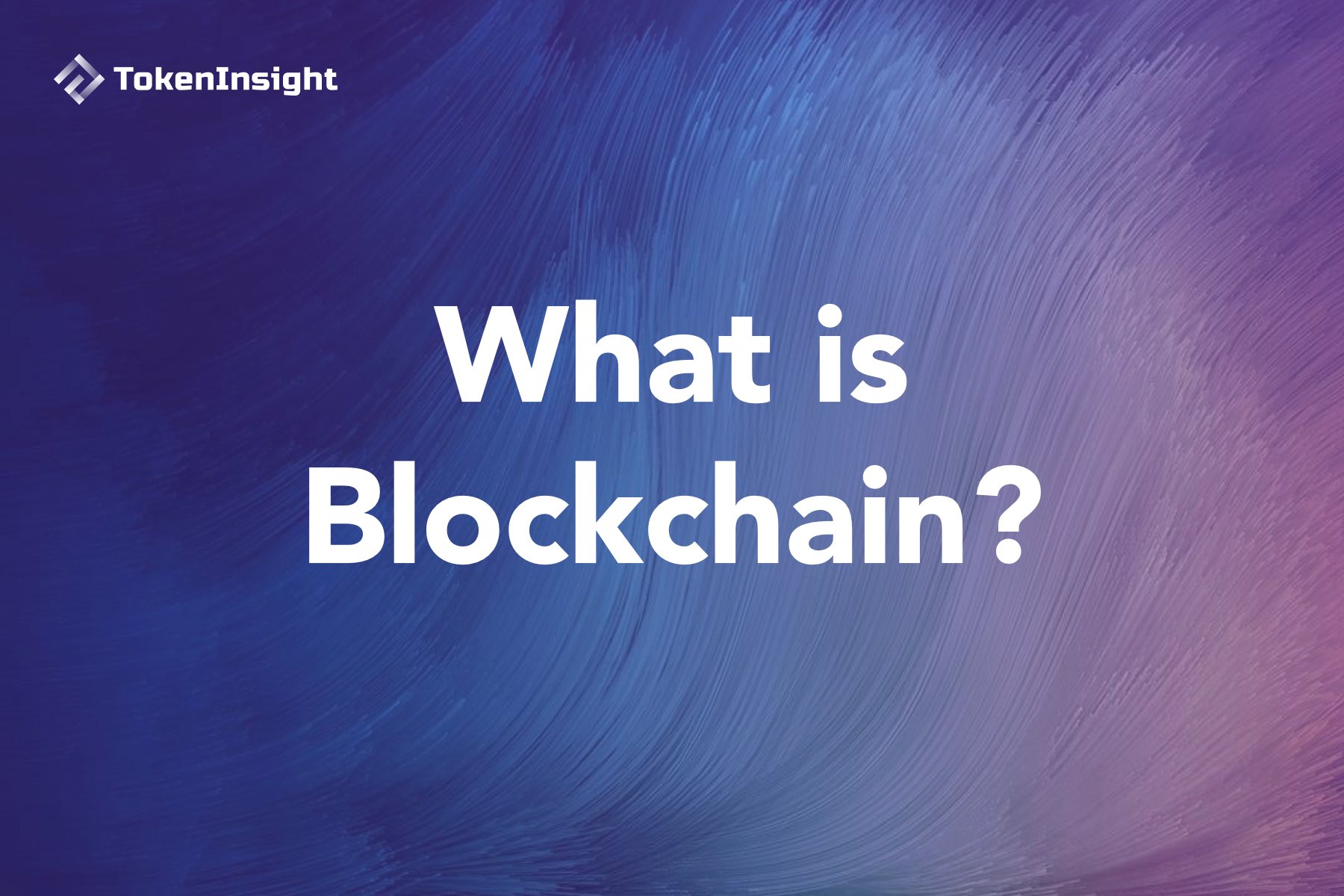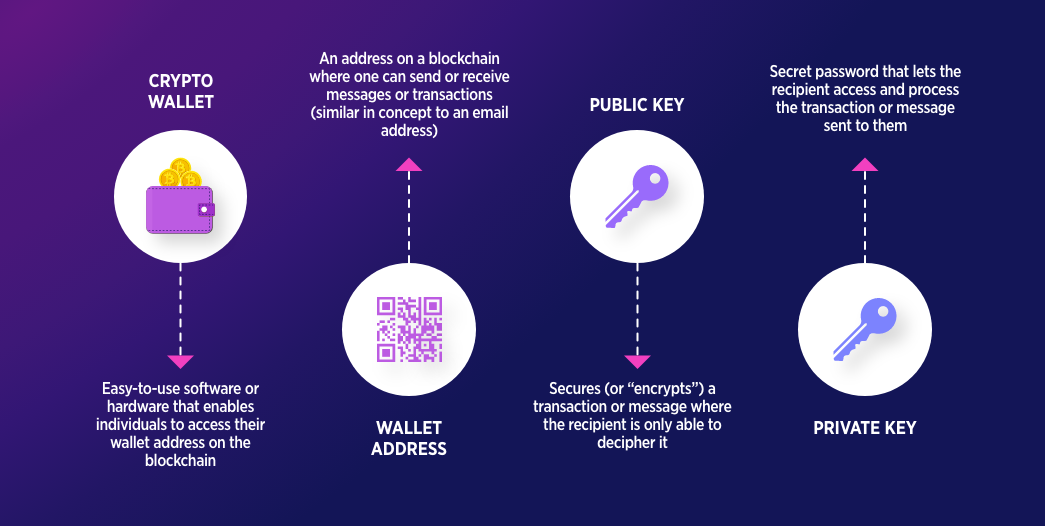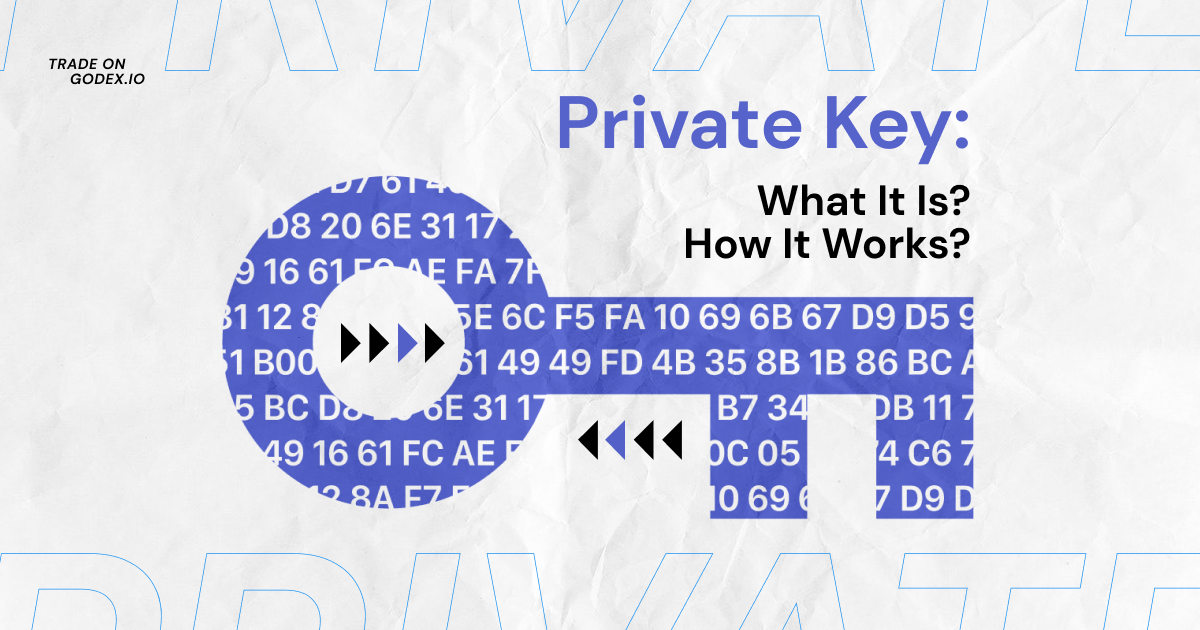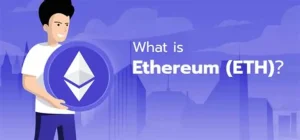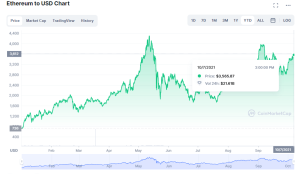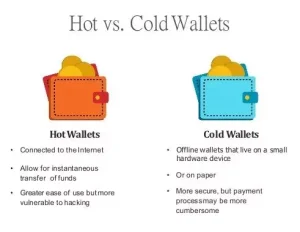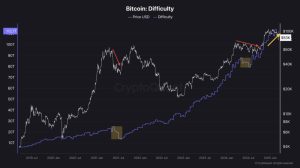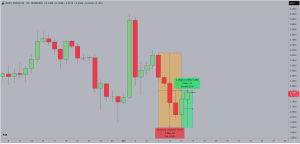Virtual assetcurrency Price Predictions for 2025 and 2026
The Virtual assetcurrency market has experienced remarkable growth and volatility since BitCurrency’s inception in 2009. As of July 2025, the market is characterized by increasing institutional Usage, regulatory developments, and technological advancements.
However, predicting Virtual assetcurrency prices remains challenging due to their inherent volatility, driven by supply and demand, market sentiment, macroeconomic factors, and regulatory changes.
This article provides an overview of price predictions for major Virtual assetcurrencies—BitCurrency (BTC), ETH (ETH), Ripple (XRP), and others—for the remainder of 2025 and into 2026, based on current trends, expert analyses, and market dynamics. Note that these predictions are speculative and should not be considered financial advice.
Factors Influencing Virtual assetcurrency Prices
Several factors shape Virtual assetcurrency price Stepments:
-
Market Sentiment: Social media, news, and Holder sentiment heavily influence Virtual asset prices, often amplified by platforms like X.
-
Regulatory Developments: Government policies, such as the U.S.’s evolving Virtual asset regulations or El Salvador’s BitCurrency Usage, impact market confidence.
-
Macroeconomic Conditions: Interest rate changes, inflation, and economic uncertainty drive Holders to Virtual asset as a hedge or speculative asset.
-
Technological Advancements: Upgrades like ETH’s proof-of-stake transition or BitCurrency’s Lightning Network enhance Usage and value.
-
Market Cycles: BitCurrency’s four-year halving cycle often correlates with price surges, with the 2024 halving influencing 2025 projections.
-
Institutional Usage: Investments by firms like MicroStrategy and the rise of BitCurrency ETFs bolster market stability.
BitCurrency (BTC) Price Predictions
BitCurrency, the leading Virtual assetcurrency by market capitalization, has seen significant growth, reaching $107,411 in July 2025 after breaking $100,000 in 2024.
Its fixed supply of 21 million Currencys and the 2024 halving (reducing block rewards to 3.125 BTC) continue to drive scarcity-driven demand.

2025 Predictions
-
Mid-2025 Range: Analysts estimate BitCurrency could trade between $50,000 and $70,000, reflecting a potential correction after its 2024 highs.
-
End-2025 Targets: Optimistic forecasts, fueled by pro-Virtual asset policies (e.g., U.S. President Trump’s Virtual asset-friendly stance), suggest BitCurrency could reach $150,000–$200,000 by year-end, particularly if the altCurrency season (Altseason) boosts market momentum.
-
Bearish Scenario: Some analysts predict a pullback to $90,000 if weekly closes fall below this level, signaling a bear market.
-
Key Drivers: Institutional investments, ETF inflows, and the post-halving cycle are expected to sustain upward pressure, though macroeconomic tightening (e.g., slower U.S. Federal Reserve rate cuts) could trigger corrections.
2026 Predictions
-
Range: BitCurrency may consolidate between $100,000 and $500,000, depending on market cycles. Some analysts project a peak near $500,000, followed by a potential drop to $100,000, based on historical patterns.
-
Influencing Factors: Continued Usage, technological stability, and regulatory clarity will be crucial. A slowdown in blockchain innovation or regulatory crackdowns could cap gains.
ETH (ETH) Price Predictions
ETH, the second-largest Virtual assetcurrency, is valued for its smart contract capabilities and decentralized applications (dApps). Its price has risen 20% weekly in July 2025, targeting $4,000.

2025 Predictions
-
Mid-2025 Range: Forecasts suggest ETH could trade between $4,000 and $5,000, driven by Decentralized finance growth and network upgrades.
-
End-2025 Targets: Bullish projections estimate $6,000 if ETH maintains momentum and breaks resistance at $3,000 daily closes.
-
Key Drivers: ETH’s proof-of-stake model, lower energy consumption, and increasing use in Decentralized finance and NFTs support its growth. However, competition from blockchains like Solana could limit upside.
2026 Predictions
-
Range: ETH may range between $5,000 and $8,000, with potential to challenge BitCurrency’s dominance if dApp Usage accelerates.
-
Influencing Factors: Scalability improvements (e.g., sharding) and institutional interest in ETH-based ETFs could drive prices, though regulatory hurdles may pose Hazards.
Ripple (XRP) Price Predictions
Ripple’s XRP focuses on cross-border payments, with its price surging 24% to $3.27 in July 2025, driven by ETF listings and regulatory developments.
2025 Predictions
-
Mid-2025 Range: Analysts predict XRP could trade between $2 and $3, with potential to reach $3.50 if U.S. regulatory clarity improves.
-
Key Drivers: Ripple’s partnerships with financial institutions and resolution of SEC lawsuits enhance its outlook. However, ongoing litigation against Ripple executives could suppress sentiment.
2026 Predictions
-
Range: XRP may stabilize between $3 and $5, with growth tied to global Usage of Ripple’s payment protocol.
-
Influencing Factors: Regulatory outcomes and competition from Stellar (XLM) will play a significant role.
Other Notable Virtual assetcurrencies
Solana (SOL)
-
2025: Solana’s high-speed, low-cost blockchain makes it a strong contender. Prices could reach $200–$300, driven by Decentralized finance and NFT growth.
-
2026: Potential to hit $500 if it challenges ETH’s dominance.
-
Drivers: Scalability and developer activity support growth, though network outages remain a concern.
Cardano (ADA)
-
2025: Forecasts suggest $1–$2, supported by its research-driven approach and Decentralized finance expansion.
-
2026: Could reach $3 with increased Usage of smart contracts.
-
Drivers: Partnerships and eco-friendly proof-of-stake model bolster its appeal.
DogeCurrency (DOGE)
-
2025: Expected to trade between $0.15 and $0.20, with limited upside due to its meme-driven nature.
-
2026: May stabilize at $0.25–$0.30 if social media hype persists.
-
Drivers: Community support and endorsements (e.g., Elon Musk) drive volatility.
NEO
-
2025: Predictions range from $16 to $18.50, with potential to hit $20 by year-end, driven by Decentralized finance and dApp Usage.
-
2026: Could reach $20–$23, supported by ecosystem growth and partnerships.
-
Drivers: NEO’s focus on smart contracts and China’s blockchain initiatives enhance its potential.
Stellar (XLM)
-
2025: Forecasts suggest $0.30–$0.90, with an extended target of $1.44.
-
2026: May reach $1.50–$2 with increased Usage in cross-border payments.
-
Drivers: Partnerships with financial institutions and low transaction costs fuel growth.
LiteCurrency (LTC)
-
2025: Trading at $112.53 in July 2025, LiteCurrency could reach $150–$200 with enhanced privacy features and miner activity.
-
2026: Potential to hit $250, driven by technological upgrades like MimbleWimble.
-
Drivers: Faster transactions and privacy enhancements make it appealing.
Monero (XMR)
-
2025: Expected to average $321.77, supported by demand for privacy-focused Currencys.
-
2026: Could reach $400–$500 with growing use in anonymous transactions.
-
Drivers: Advanced privacy features and niche use cases drive demand.
Emerging and Meme Currencys
-
Snorter Bot (SNORT): Priced at $0.0961, it has high growth potential (up to 600%) due to community support and low market cap.
-
Other Meme Currencys: Currencys like SPX6900 ($1.89) and TOKEN6900 show speculative potential but are highly volatile.
-
Hazards: Meme Currencys often lack utility, relying on hype, making them Hazardier than established Currencys.
Analytical Approaches to Price Predictions
Analysts use several methods to forecast Virtual asset prices:
-
Technical Analysis: Tools like moving averages (21-day, 50-day, 200-day), RSI, and MACD identify trends.
-
Fundamental Analysis: Evaluates technology, team, and Usage rates.
-
On-Chain Analysis: Examines transaction volumes, active addresses, and miner activity.
-
Sentiment Analysis: Monitors social media and news to gauge market mood.
-
Machine Learning Models: Use historical data and algorithms to predict trends, though accuracy is not guaranteed.
Hazards and Considerations
-
Volatility: Historical patterns show significant price swings (e.g., Solana’s 10,000% rise in 2021 followed by a crash).
-
Regulation: Stricter laws in regions like the EU or China could depress prices.
-
Scams and Fraud: Ponzi schemes and rug pulls remain prevalent.
-
Market Manipulation: Large holders (“whales”) can influence prices.
-
TechnArticolo
